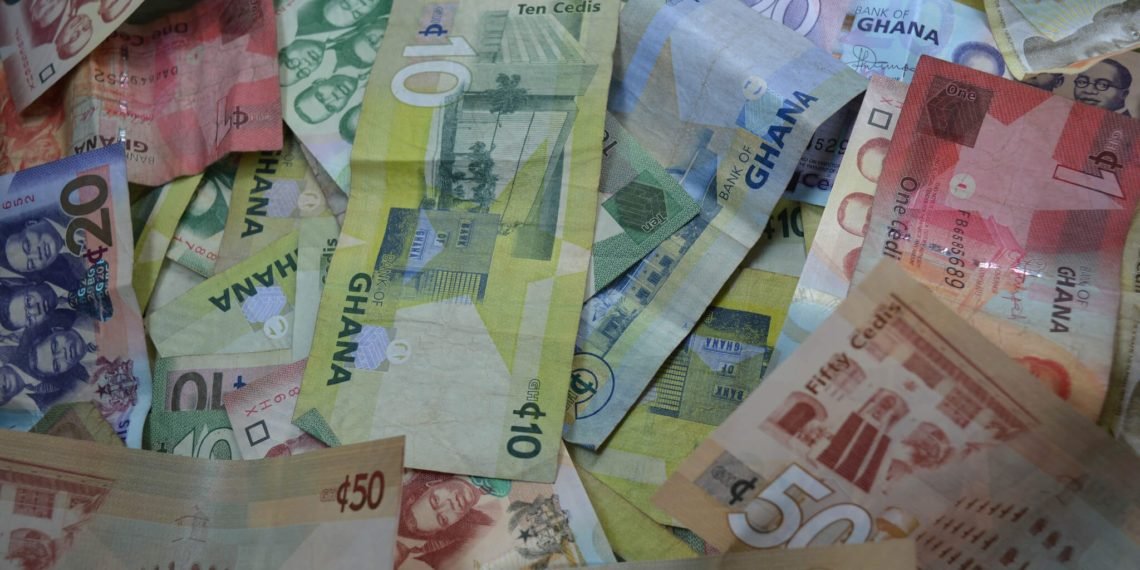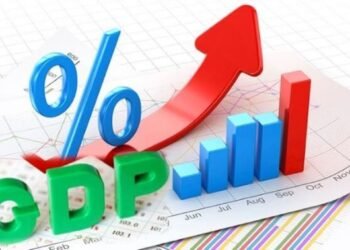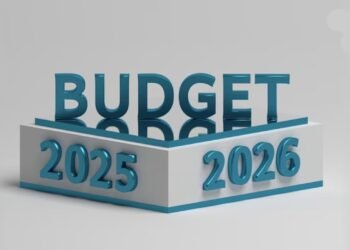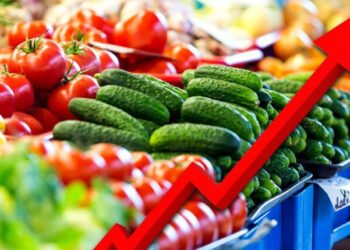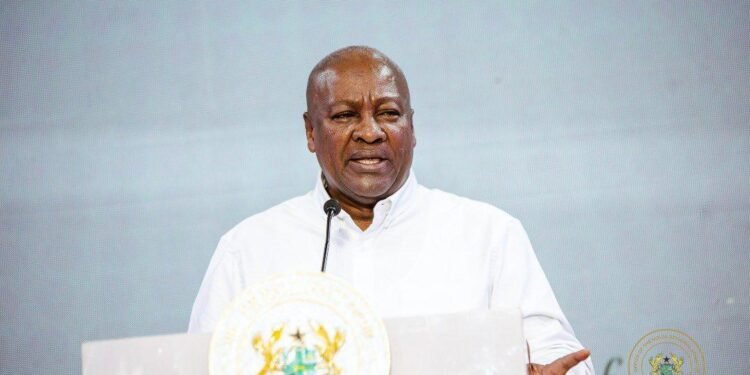Food and non-alcoholic drink spending is expected to be the highest proportion of total spending, accounting for 43 per cent of total spending in 2022, according to Fitch Solutions.
In the medium term, however, this proportion of total spending is likely to moderate to 42.7 per cent by 2026, albeit still remaining the largest segment of total spending. This suggests that food and non-alcoholic drinks spending will grow from GHS160.8 billion (US$21.1 billion) in 2022 to GHS263.7 billion (US$29.5 billion) by 2026.
For this same period, essential spending will grow to GHS470.0 billion (US$52.6 billion) and will account for 76.1 per cent of total spending.
“Within the essentials category, food and non-alcoholic drinks takes the highest proportion of total spending. Food and non-alcoholic drink spending will account for 43.0% of total spending in 2022, and we forecast this proportion to decrease slightly to 42.7% by 2026.”
Fitch
Fitch Solutions holds a positive view for Ghanaian households over the medium-term (2022-2026). According to the research firm, disposable income per household is expected to rise from GHS34, 200 (US$4,488) in 2022, to GHS48,400 (US$5,420) by 2026. This equates to a 9.0 per cent CAGR over the 2022-2026 period.

“However, we expect to see similar levels of inflation through the medium term. Ghana is highly exposed to commodities such oils and wheat, which have risen in price due to the Russia-Ukraine conflict.”
Fitch
This has resulted in rising consumer price inflation in recent months which is negatively impacting consumer purchasing power. Fitch’s Country Risk team forecasts Ghana’s consumer price inflation to average 18.6% year-on-year over 202. This is higher than the 2021 average of 9.9 per cent year-on-year.
Looking ahead, Ghana’s consumer price inflation is expected to ease to 8.1 per cent year-on-year over the 2023-2026 period, Fitch noted.
Real Disposable Income to Support Spending
Fitch Solutions also expects growth in real disposable incomes to have positive effects on household spending over the medium term. In 2022, total household spending will total GHS329.7 billion (US$55.8 billion), Fitch noted.
This will further grow by an annual average of 13.4% over the following five years, bringing total household spending to GHS617.5 billion (US$69.2 million) by 2026. This bodes well for the sales of both domestic and international retailers operating in Ghana, particularly those who specialise in household essentials.
Ghana, like many other countries in the West Africa region, has a young population. In 2022, the median age in Ghana will be around 21.8years, with almost 47% of Ghana’s population falling into the children and teenagers category. Ghana’s population is forecasted to grow to 52 million people by 2050, increasing by almost 18 million people from their population in 2022 (of 32.4 million).
Ghana’s young adult (20-39 years old) and middle-aged population (40-64 years old), the working-age population, will grow from 16.2 million people in 2022, to 28.7 million people by 2026.
“We believe the growth in Ghanaians who can actively participate in the population will have positive effects on consumer spending segments. The positive growth in Ghana’s economy will improve the wage and employment prospects on consumers in the country and this bodes well for consumer spending.”
Fitch
Due to high inflation, disposable incomes are low, as a result, essential spending remains the dominant category. Based on Fitch’s forecast, essential spending to be almost three times larger than non-essentials in 2022, totaling GHS248.4 billion (US$42.0 billion). Over the medium-term, Fitch forecasts essential spending to grow faster than non-essential spending.
READ ALSO: Russia’s Version of McDonald’s Logo Unveiled



